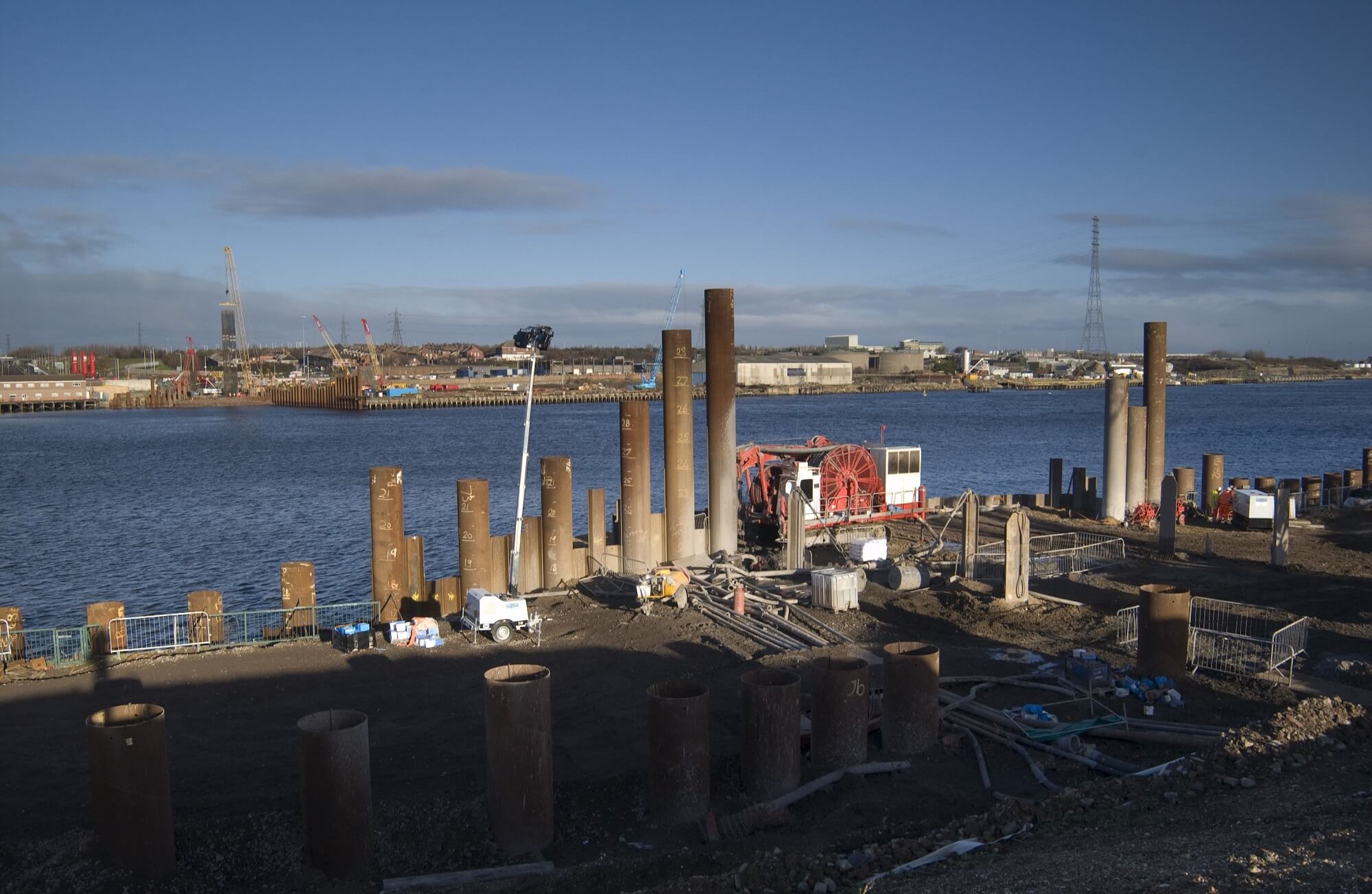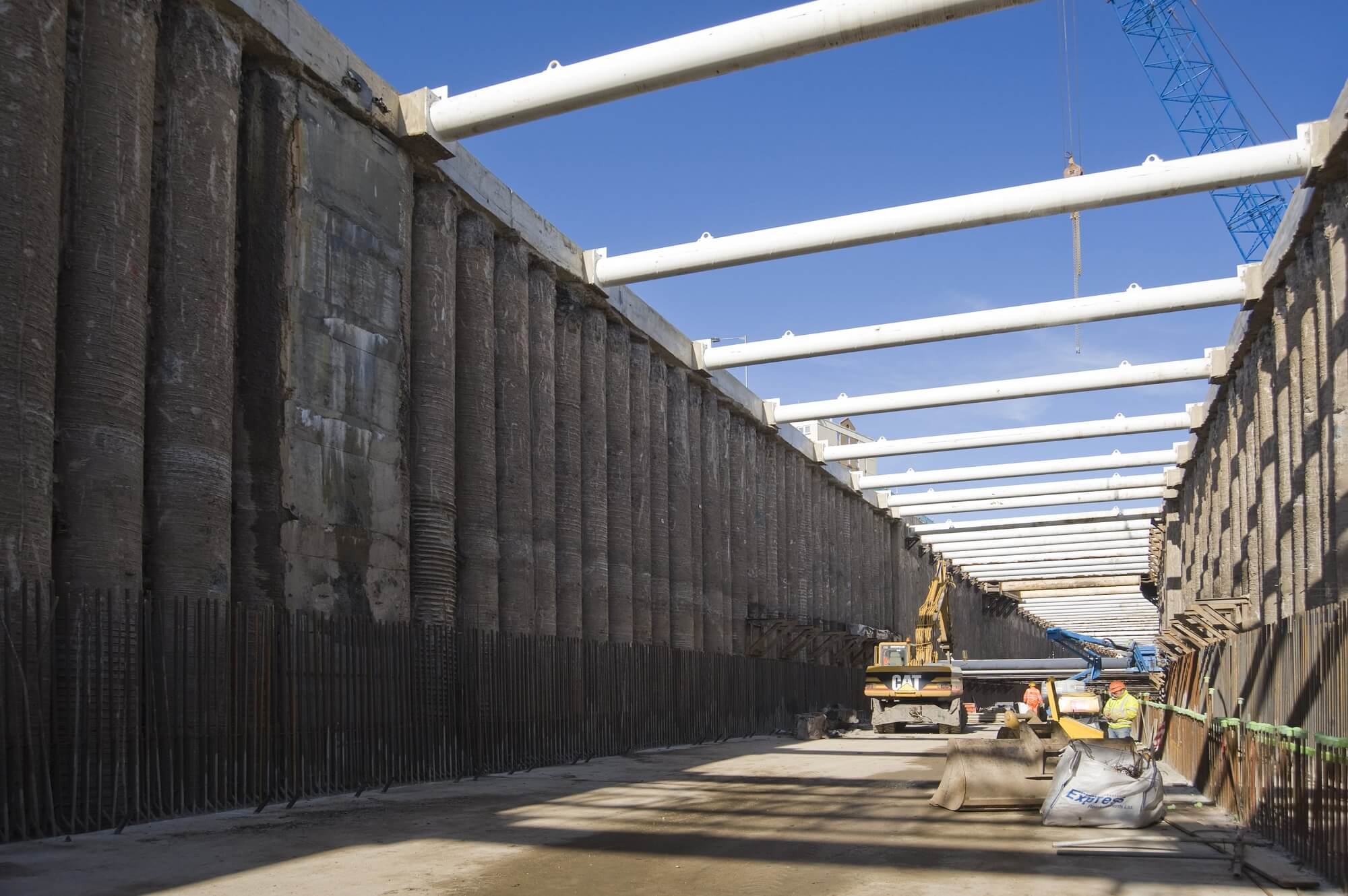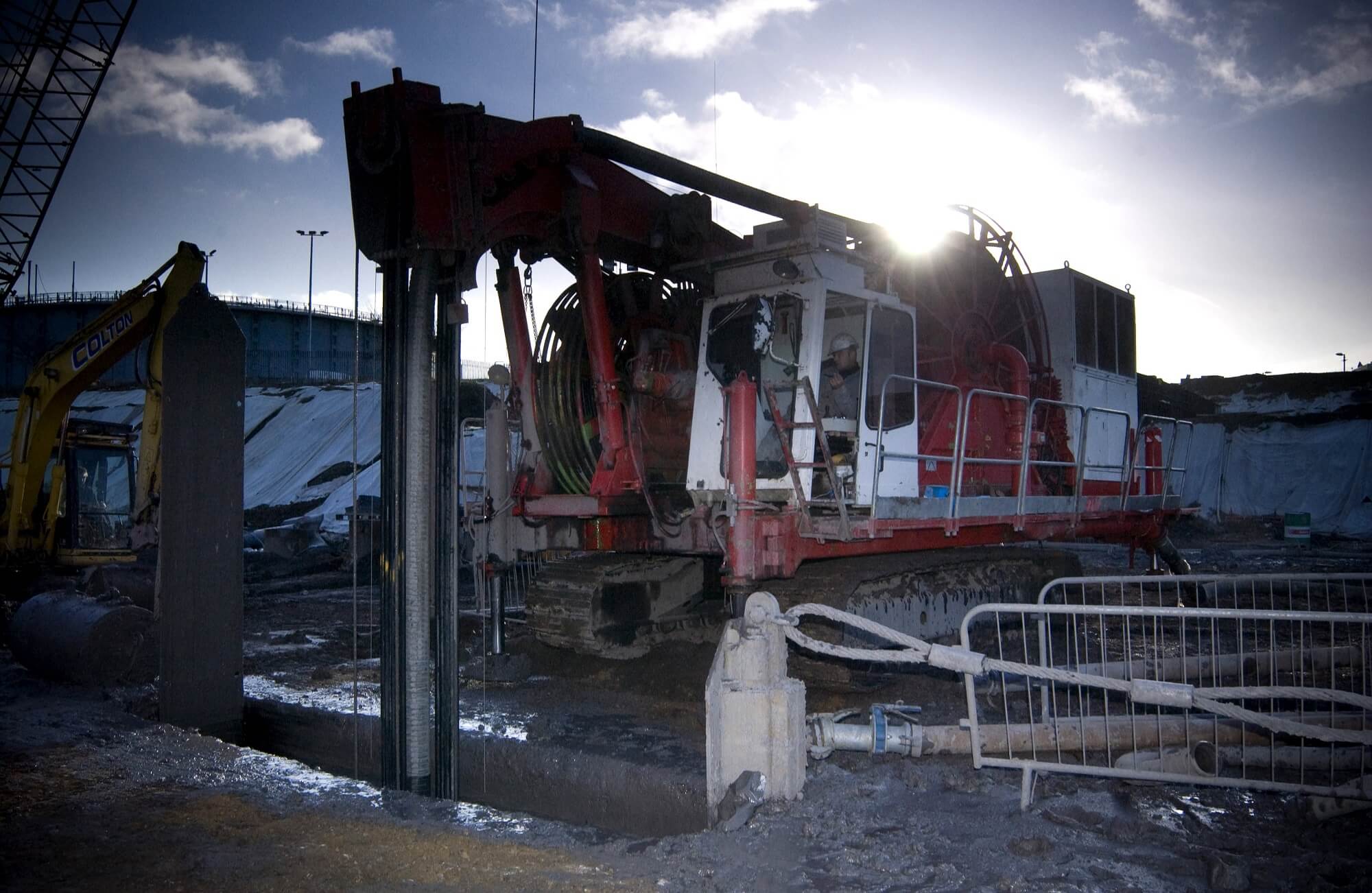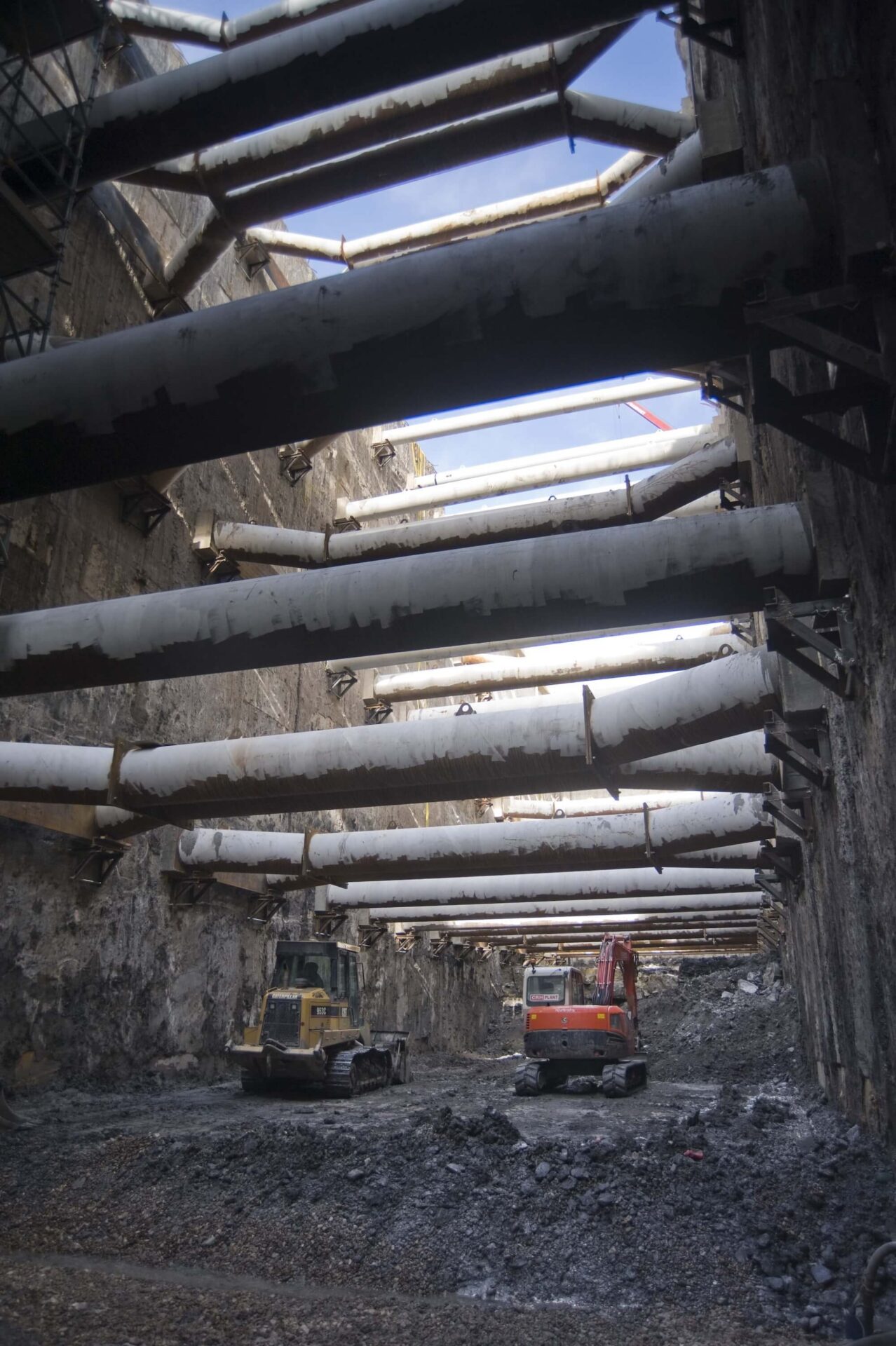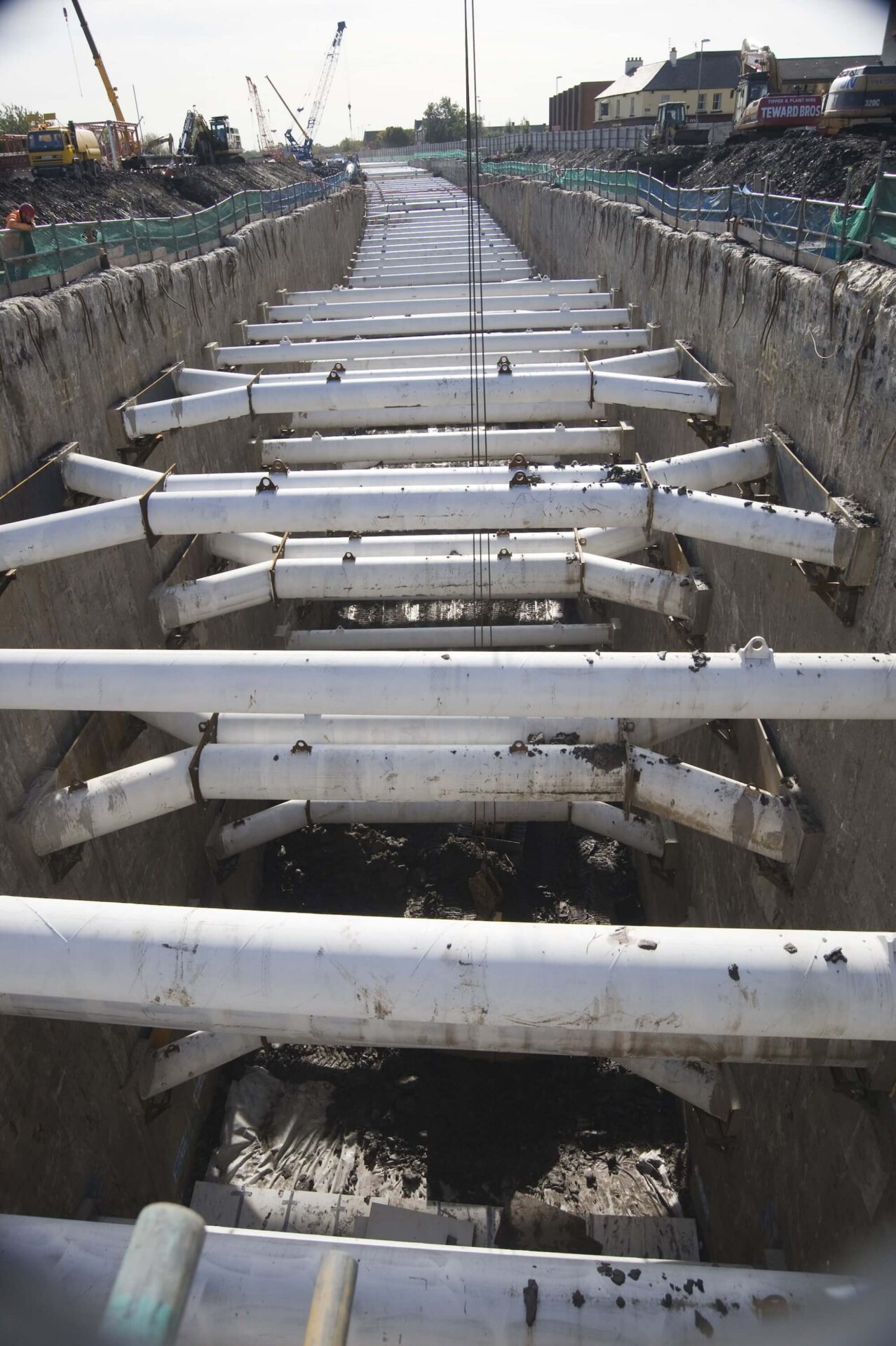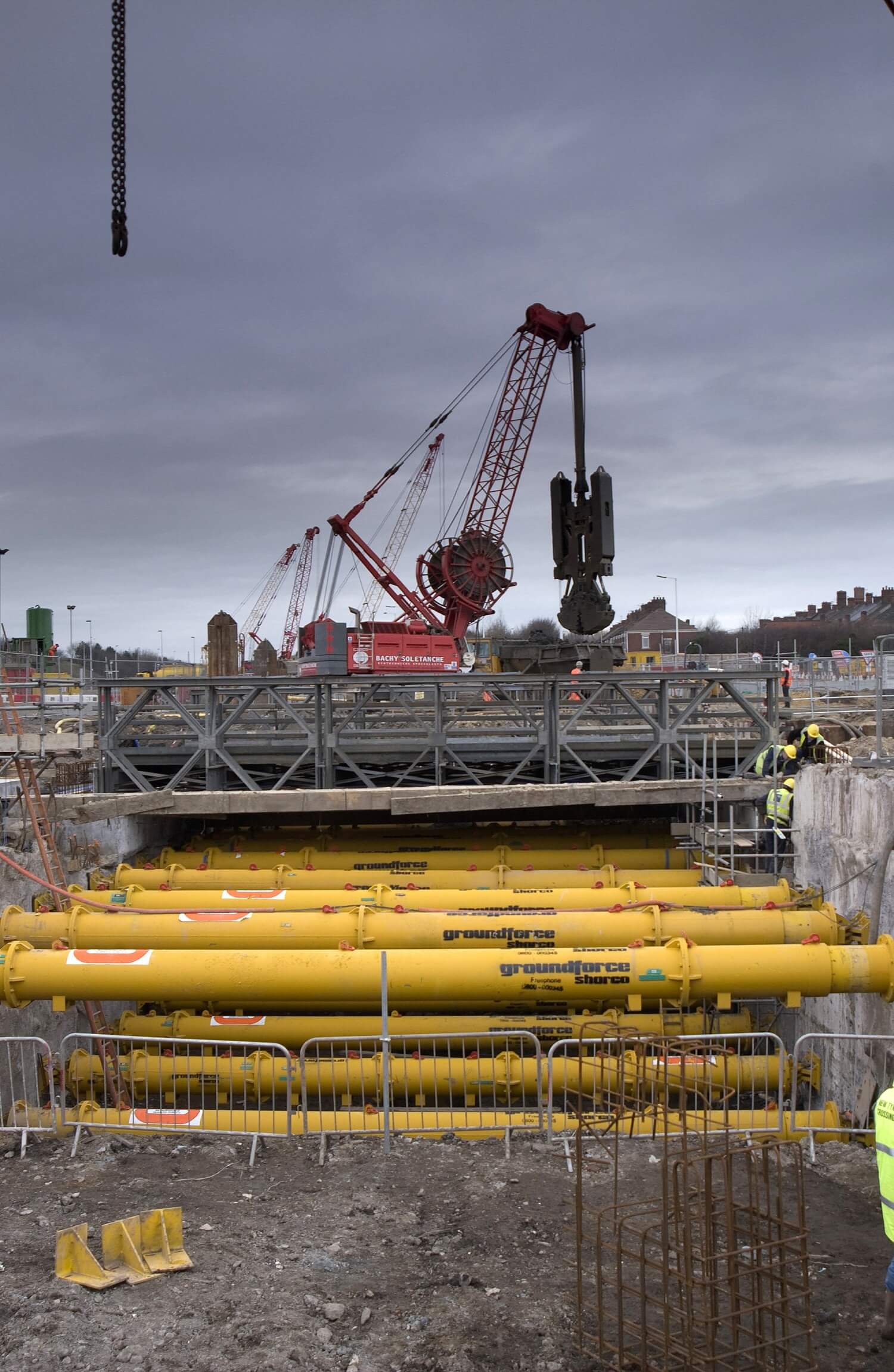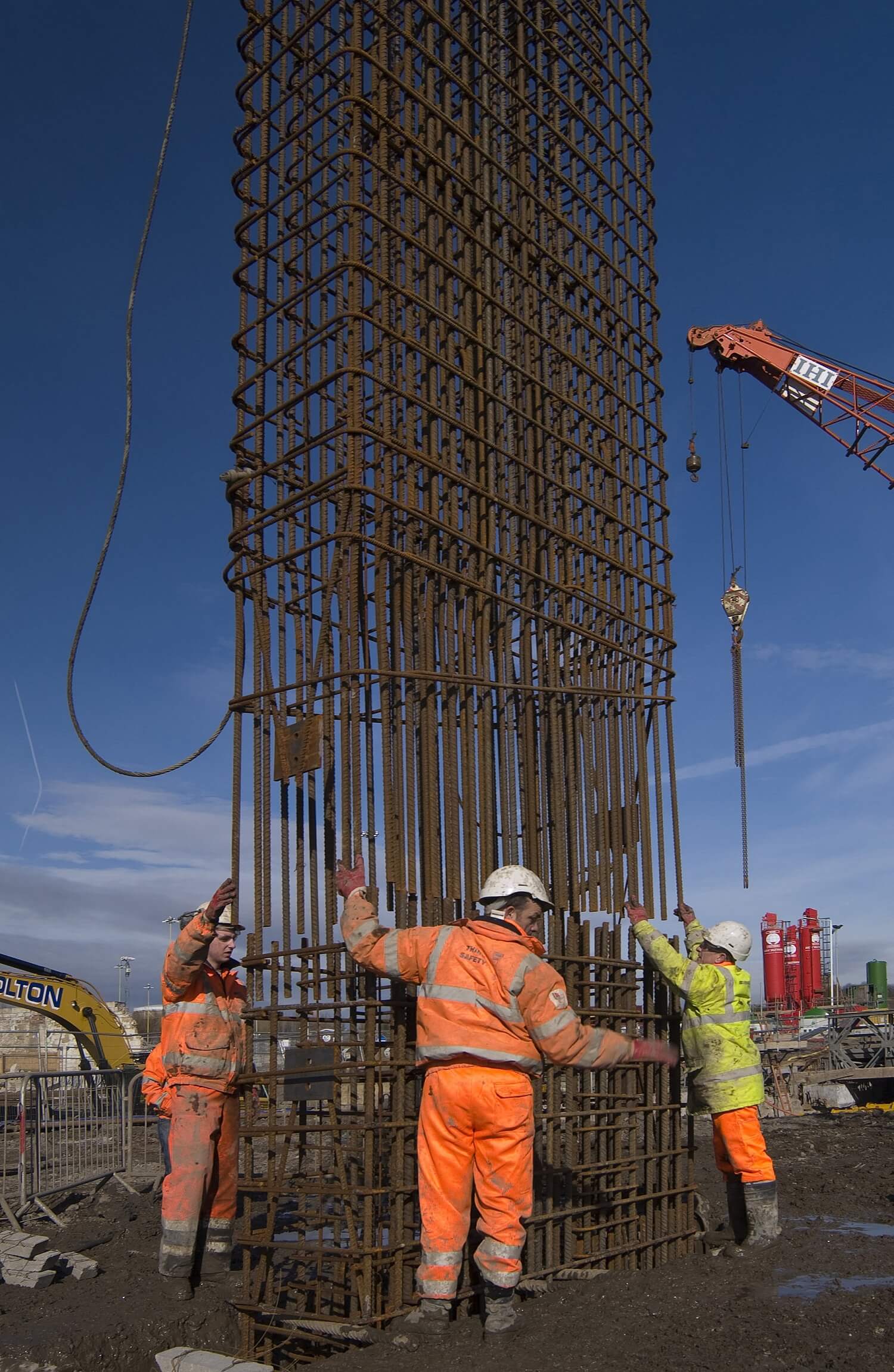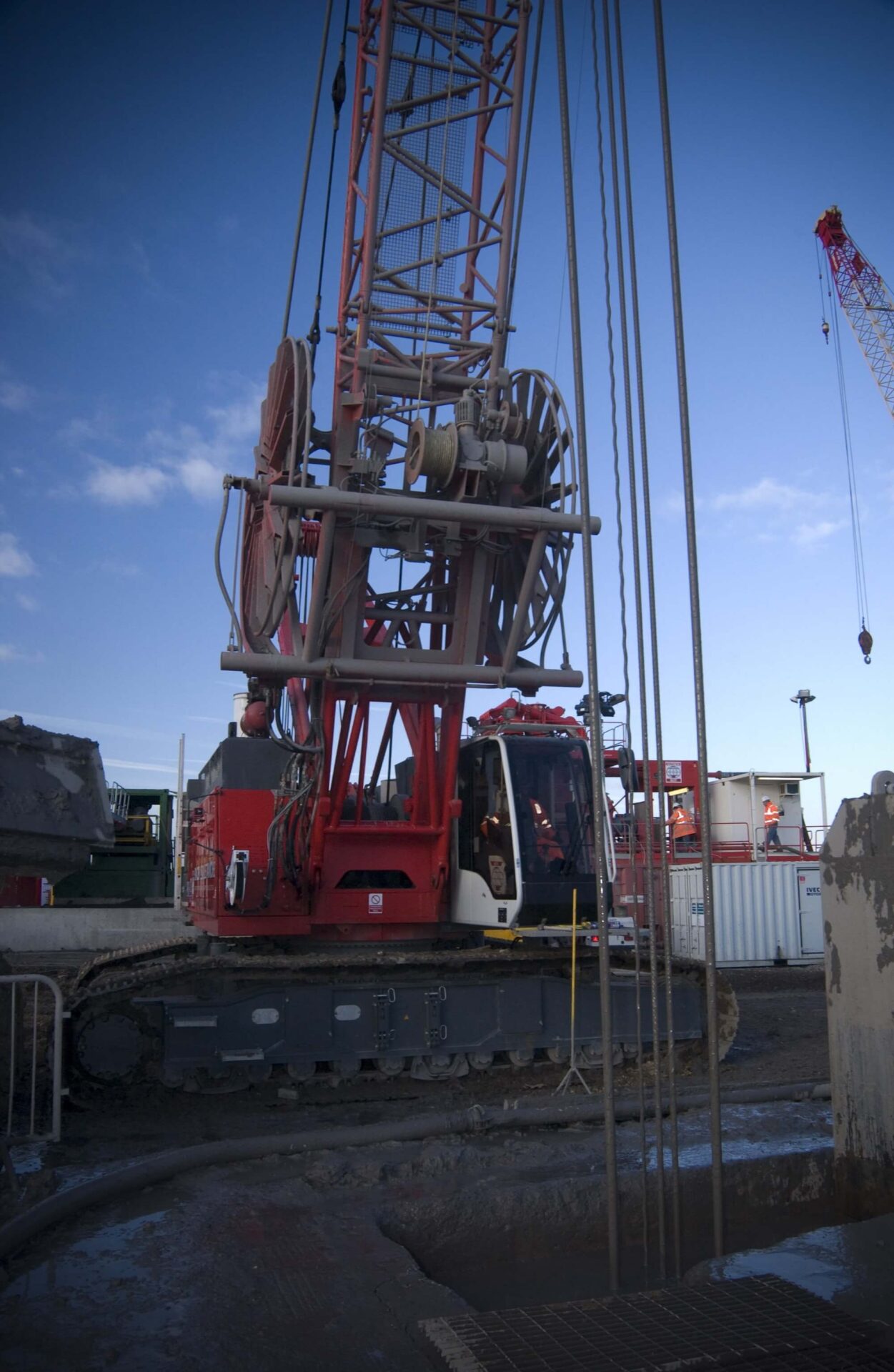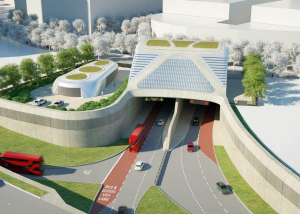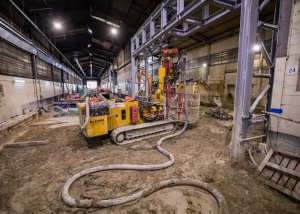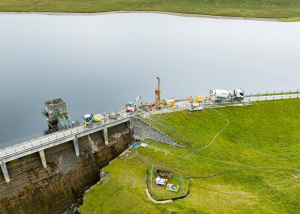PROJECT OVERVIEW
The New Tyne Tunnel was built by the Tyne & Wear Passenger Transport Authority and cost approximately £260m. The new crossing is to the east of the existing ones and includes a road tunnel and a pedestrian/cycle tunnel. Bachy Soletanche was appointed by Bouygues to deliver the £37m scheme which included piling and diaphragm wall construction for the tunnel portals.
DESIGN AND GROUND CONDITIONS
The works comprised the provision of the retaining walls to approximately 1.1km of cut and cover tunnel on North and South sides of the submerged tube tunnel under the river. This also included the construction of the transition works between the cut and cover and the submerged tube tunnels in both the North and South banks of the river.
Bachy Soletanche carried out the multi-million-pound Piling and Diaphragm walling package for the tunnel portals. This work was carried out following an extensive period of design and value engineering.
The soils encountered were variable mainly glacial deposits and Bachy Soletanche assisted Bouygues in seeking the most cost-effective solution for each element of the works resulting in a variety of techniques employed.
CONSTRUCTION
The rigs on site worked on both sides of the river, installing 51,500m2 of Diaphragm Walls using Hydrofraise, Hydraulic and Rope grabs. In addition to this, the team constructed 1000 CFA piles with diameters ranging between 300mm and 1050mm diameter.
The work at the new Tyne tunnel was not only demanding because of the ground conditions so near to the river bank, but the team have also had to bring a large number of rigs to the site to allow for the variations in the strata. Bachy Soletanche was able to access the required resources due to being part of the wider Soletanche Bachy group.
Rigs were transported from France and Spain to ensure the project could be successfully delivered. The diaphragm wall rigs were supported with CFA and rotary piling rigs to construct the secant and contiguous bored pile walls. Operations began on the north side of the river, where diaphragm walling commenced. On the south side, the team had to install 320 CFA piles, prior to the commencement of diaphragm walling. All these works largely cover the construction of retaining walls for about 1.1 km of cut and cover tunnel to build the portal sections on the approaches to the submerged tunnels.
The project also required the use of three yards to fix reinforcements – one each on the north and south banks of the river, with a third smaller yard near Edinburgh. This approach was essential to the scheme but presented a logistical challenge to the restricted and congested site, through weekly supply chain meetings and detailed planning sessions, a logistical plan was developed and delivered, to ensure a safe and successful outcome to the New Tyne Tunnel project.
